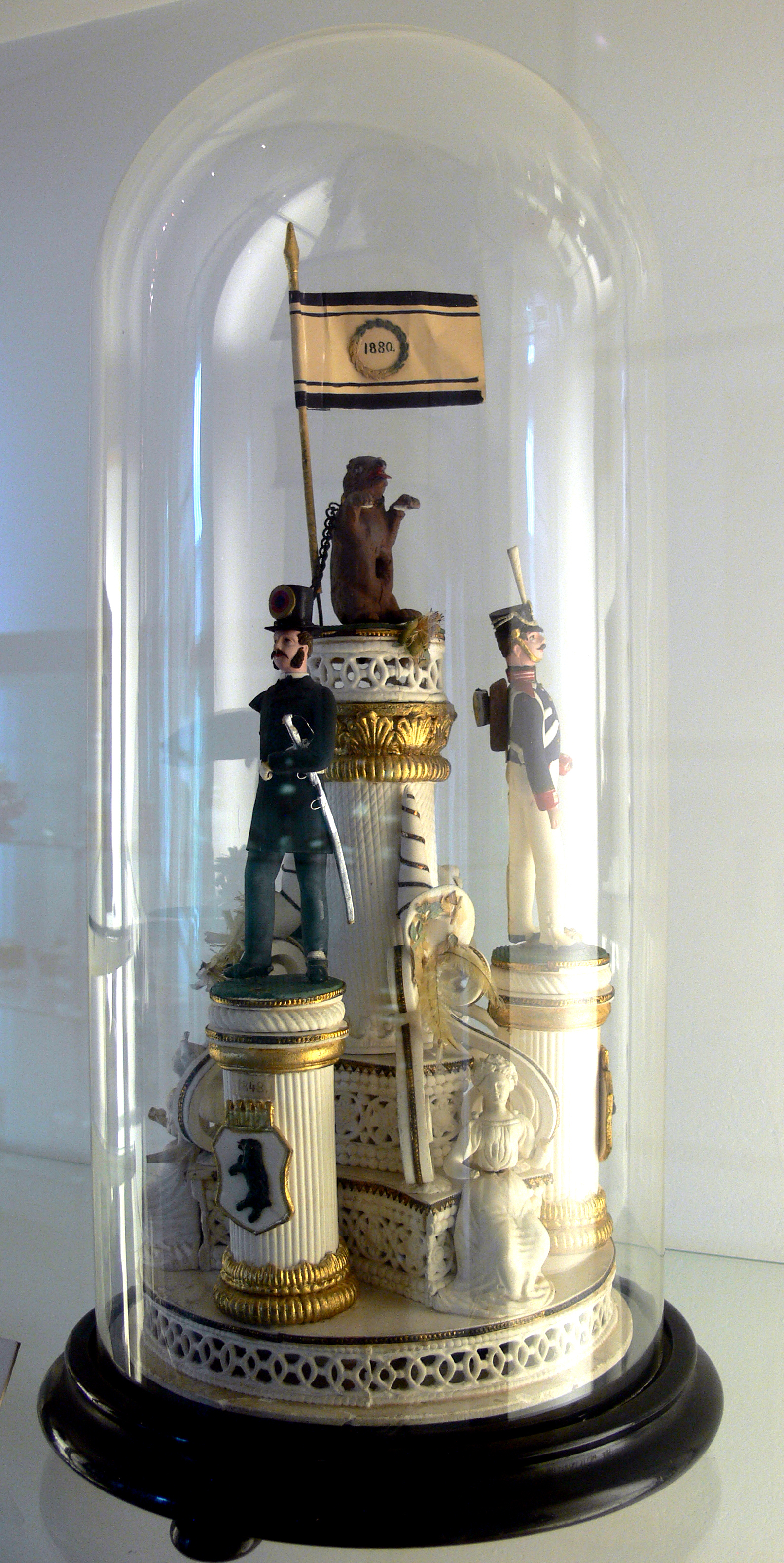|
Sugar Tit
Sugar tit is a folk name for a baby pacifier, or dummy, that was once commonly made and used in North America and Britain. It was made by placing a spoonful of sugar, or honey, in a small patch of clean cloth, then gathering the cloth around the sugar and twisting it to form a bulb. The bulb was then secured by twine or a rubber band. The baby's saliva would slowly dissolve the sugar in the bulb. In use the exposed outfolded fabric could give the appearance of a flower A flower, sometimes known as a bloom or blossom, is the reproductive structure found in flowering plants (plants of the division Angiospermae). The biological function of a flower is to facilitate reproduction, usually by providing a mechani ... in the baby's mouth. David Ransel quotes a Russian study by Dr. N. E. Kushev while discussing a similar home-made cloth-and-food pacifier called a ''soska'' (со́ска); there, the term "flower", as used colloquially by mothers, refers to a bloom of mold in the ch ... [...More Info...] [...Related Items...] OR: [Wikipedia] [Google] [Baidu] |
Pacifier
A pacifier is a rubber, plastic, or silicone nipple substitute given to an infant to suckle upon between feedings to quiet its distress by satisfying the need to suck when it does not need to eat. Pacifiers normally have three parts: an elongated teat, a handle, and a mouth shield which prevents the child from swallowing or choking on it. Pacifiers have many different informal names: ''binky'' or ''wookie'' (American English), ''dummy'' (Australian English and British English), ''piece'','' paci'', '' bo-bo'', ''nookie'', ''teething ring'', ''device'', ''sugar tit'', ''teether'', ''comforter'', ''soother'' (Canadian English and Hiberno-English), and ''Dodie'' (Hiberno-English). History Pacifiers were mentioned for the first time in medical literature in 1473, being described by German physician Bartholomäus Metlinger in his book ''Kinderbüchlein'', in later editions retitled ''Regiment der jungen Kinder'' ("Caring For Young Children"). In England in the 17th–19th centuri ... [...More Info...] [...Related Items...] OR: [Wikipedia] [Google] [Baidu] |
Sugar
Sugar is the generic name for sweet-tasting, soluble carbohydrates, many of which are used in food. Simple sugars, also called monosaccharides, include glucose, fructose, and galactose. Compound sugars, also called disaccharides or double sugars, are molecules made of two bonded monosaccharides; common examples are sucrose (glucose + fructose), lactose (glucose + galactose), and maltose (two molecules of glucose). White sugar is a refined form of sucrose. In the body, compound sugars are hydrolysed into simple sugars. Longer chains of monosaccharides (>2) are not regarded as sugars, and are called oligosaccharides or polysaccharides. Starch is a glucose polymer found in plants, the most abundant source of energy in human food. Some other chemical substances, such as glycerol and sugar alcohols, may have a sweet taste, but are not classified as sugar. Sugars are found in the tissues of most plants. Honey and fruits are abundant natural sources of simple su ... [...More Info...] [...Related Items...] OR: [Wikipedia] [Google] [Baidu] |
Flower
A flower, sometimes known as a bloom or blossom, is the reproductive structure found in flowering plants (plants of the division Angiospermae). The biological function of a flower is to facilitate reproduction, usually by providing a mechanism for the union of sperm with eggs. Flowers may facilitate outcrossing (fusion of sperm and eggs from different individuals in a population) resulting from cross-pollination or allow selfing (fusion of sperm and egg from the same flower) when self-pollination occurs. There are two types of pollination: self-pollination and cross-pollination. Self-pollination occurs when the pollen from the anther is deposited on the stigma of the same flower, or another flower on the same plant. Cross-pollination is when pollen is transferred from the anther of one flower to the stigma of another flower on a different individual of the same species. Self-pollination happens in flowers where the stamen and carpel mature at the same time, and are posi ... [...More Info...] [...Related Items...] OR: [Wikipedia] [Google] [Baidu] |
Infant Feeding
Infant nutrition is the description of the dietary needs of infants. A diet lacking essential calories, minerals, vitamins, or fluids is considered inadequate. Breast milk provides the best nutrition for these vital first months of growth when compared to infant formula. For example, breastfeeding aids in preventing anemia, obesity, and sudden infant death syndrome; and it promotes digestive health, immunity, intelligence, and dental development. The American Academy of Pediatrics recommends exclusively feeding an infant breast milk, or iron-fortified formula, for the first six months of life and continuing for one year or longer as desired by infant and mother. Infants are usually not introduced to solid foods until four to six months of age. Historically, breastfeeding infants was the only option for nutrition otherwise the infant would perish. Breastfeeding is rarely contraindicated, but is not recommended for mothers being treated for cancer, those with active tuberculosis, HIV, s ... [...More Info...] [...Related Items...] OR: [Wikipedia] [Google] [Baidu] |
Sugar
Sugar is the generic name for sweet-tasting, soluble carbohydrates, many of which are used in food. Simple sugars, also called monosaccharides, include glucose, fructose, and galactose. Compound sugars, also called disaccharides or double sugars, are molecules made of two bonded monosaccharides; common examples are sucrose (glucose + fructose), lactose (glucose + galactose), and maltose (two molecules of glucose). White sugar is a refined form of sucrose. In the body, compound sugars are hydrolysed into simple sugars. Longer chains of monosaccharides (>2) are not regarded as sugars, and are called oligosaccharides or polysaccharides. Starch is a glucose polymer found in plants, the most abundant source of energy in human food. Some other chemical substances, such as glycerol and sugar alcohols, may have a sweet taste, but are not classified as sugar. Sugars are found in the tissues of most plants. Honey and fruits are abundant natural sources of simple su ... [...More Info...] [...Related Items...] OR: [Wikipedia] [Google] [Baidu] |



